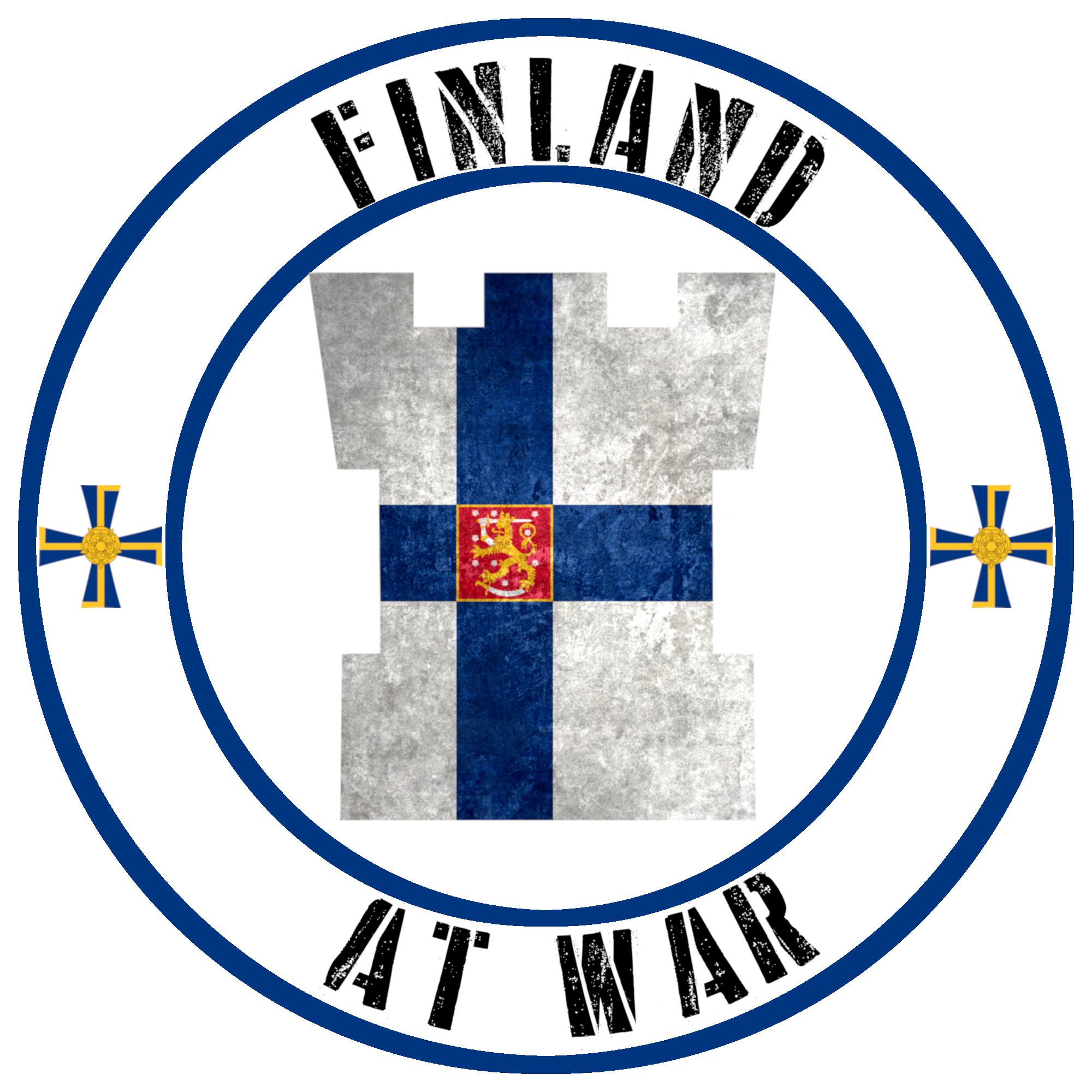This then take us into the final era of Finnish Military history. The Independence Era, which can also be broken into three phases. The first being the Civil War and Inter-War period. The civil war saw the country torn apart by two opposing factions, the Reds (Communists and Socialists) and the Whites (Conservatives, Liberals and centralists). At the outbreak of war the Reds held the advantage with superiority in numbers, weapons, training and position but many of the returning Finnish born Russian Officers gave their allegiance to the Whites, alongside the Finnish manned 27th Royal Prussian Jaeger Battalion, allowed the Whites to train up a tactically superior force and after months of bloody fighting the Whites won. In the immediate aftermath we see many veterans of the Civil War volunteering to fight in neighbouring areas such as Estonia, Karelia and even Poland. The Heimosodat or Kinship Wars was the name given to these loosely connected conflicts and it wouldn’t be until Treaty of Tartu in October 1920 that Finland entered a period of peace.
The inter-war period wouldn’t be completely without incident, some members of the Protection Corps (a government sanctioned militia, akin to the National Guard or Territorials) would attempt a coup in 1932. Finland’s military saw itself caught in the economic struggle that many small nations find themselves in but at least 3 large militarisation projections did take place which saw the building of two Panssarilaiva or Coastal Defence Ships, purchasing several new aircraft types and 5 submarines, as well as tanks, artillery pieces and small arms.
The peace was shattered on the morning of the 30th November 1939 when thousands of Red Army soldiers, supported by hundreds of tanks and aircraft. The David and Goliath struggle, now called Talvisota or Winter War, would last 105 days and end in Finland signing a treaty that would see it lose 11% of its territory, its second largest city, and have a large concentration of Soviet troops stationed within its borders. A fragile and anxious peace lasted for 15 months until a joint Finnish and German assault would occur only days after the commencement of Operation barbarossa. The Finnish Army took back the areas lost to the Soviet Union during the Winter War, as well as expanding into East Karelia and attempting to cut off the Murmansk railway. In the summer of 1944 the tides turned and the Soviets launched a major offensive that pushed the Finns back until finally being stalled at Tali-Ihantala. An armistice would be reached in September that allowed Finland to remain independent but at a cost. One price to pay for this freedom would be starting another war but with the goal of removing their former German allies. The Lapland war as it would become known, saw little fighting but would still cause thousands of casualties and devastate the economy further.
The final period is one that sees Finland turn from battered loser of the Second World War to a major contributor to Peacekeeping. At first Finland walked a fine line between east and west, seeing itself being used as a pawn between the two major blocs, especially by the USSR. It was accepted into the UN in 1955 and the next year the first Finnish peacekeepers were deployed as part of the United Nations Emergency Force I in the Suez area to help maintain the armistice there. Since then, Finland has taken part in over 40 UN missions, as well as participating in a handful of NATO security and support missions.
Finland also took the lessons it had learned during its fighting with the Soviet Union and Germany to develop a defensive strategy that it continues to practise, albeit in a constantly modified form, even today. This basically breaks down to the Finnish Defence Forces being used to prevent and frustrate a strategic attack upon vital areas using the full resources of the country.
Articles
Finnish ANZACs – The story of how some 300 Finns signed up with the Australian and New Zealand forces during the First World War
Memorial Hunter – Pispala Red Guard Memorial – Dedicated to the Pispala Red Guard and erected upon where they made their last stand during the Battle of Tampere in 1918.
Memorial Hunter – Raatisaari Prison Camp 1918 – A small piece of reconciliation to remember the divided times of Finland in 1918.
Decorations of Finland – The Blue Cross – A look at one of Finland’s many service medals.
Why an Oak Leaf for Finland’s Veterans? – Why was an oak leaf chosen for Finland’s Veterans?
Decorations of Finland – The Continuation War Service Medal – A deep dive into one of Finland’s many service medals.
Russian Hypocrisy? Descecretion of Koivisto’s Heroes Cemetery

